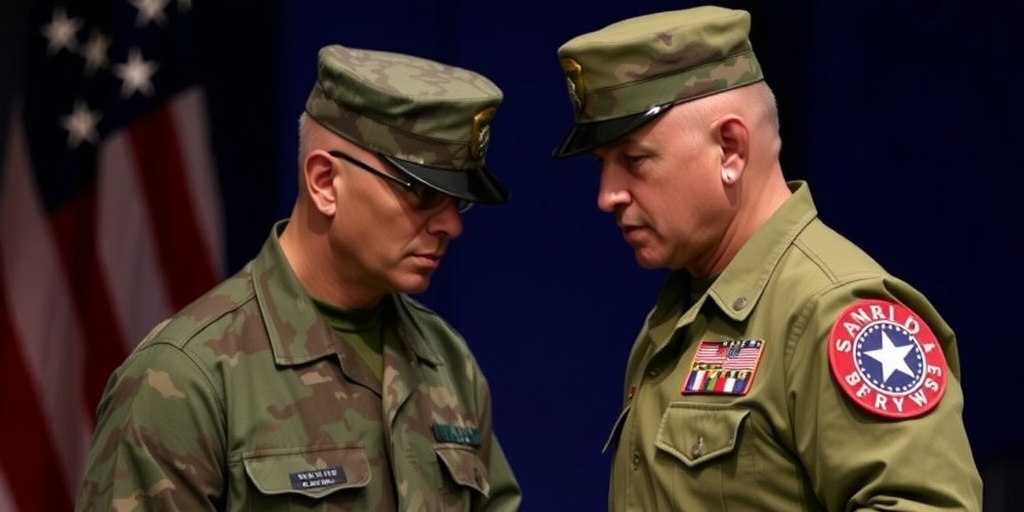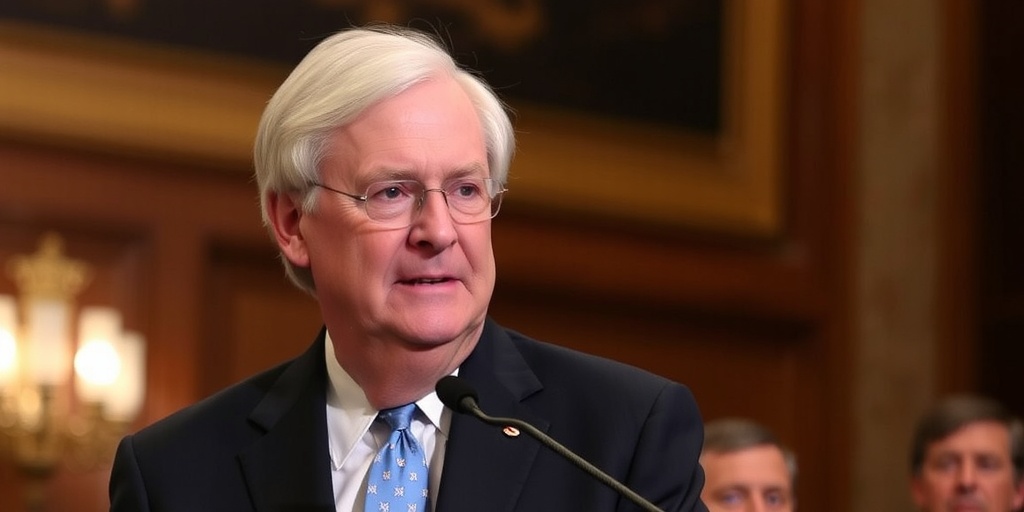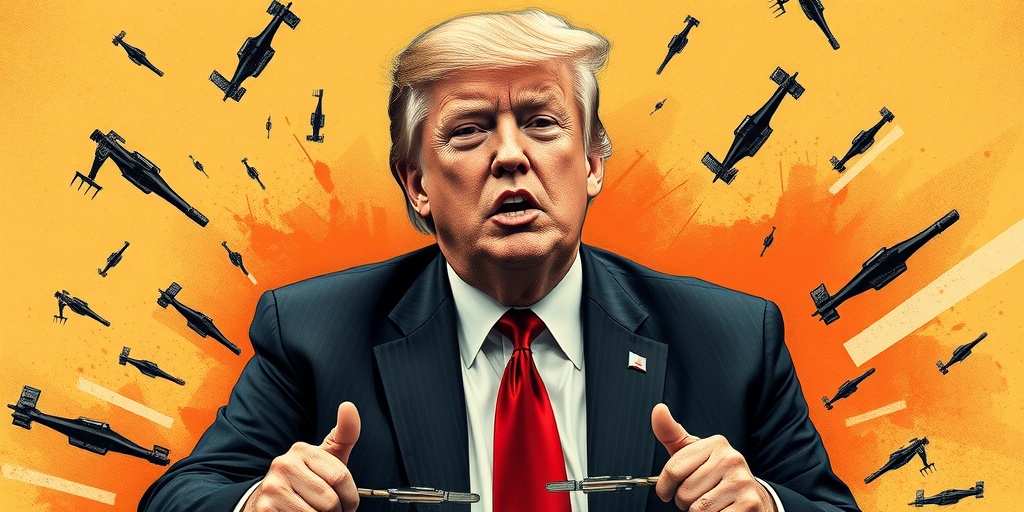Now Reading: U.S. Commanders Fear Yemen Conflict Will Deplete Arms for Deterrence Against China
-
01
U.S. Commanders Fear Yemen Conflict Will Deplete Arms for Deterrence Against China
U.S. Commanders Fear Yemen Conflict Will Deplete Arms for Deterrence Against China

U.S. Military Faces Resource Allocation Challenges Amid Escalating Tensions with China and Ongoing Conflicts in the Middle East
As tensions continue to rise in the Asia-Pacific region, U.S. military commanders are increasingly alarmed about the Pentagon’s ability to maintain readiness in the face of multiple operational demands. Current preparations for a potential conflict with China are being hampered by the extensive military commitments in the Middle East, particularly following President Trump’s decision to ramp up bombing campaigns in Yemen against Iranian-backed Houthi militants.
Officials have voiced concerns about the heavy reliance on long-range precision munitions in both regions, emphasizing the potential necessity to transfer these critical resources from Asia to support operations in the Middle East. This is due, in part, to the significant levels of ammunition that the United States is deploying as part of its military efforts. The ongoing campaign in Yemen has already consumed approximately $200 million worth of munitions in just the first three weeks of operations, with total costs expected to exceed $1 billion when factoring in operational and personnel expenses.
The operational tempo for U.S. naval vessels and aircraft deployed in both the Pacific and the Middle East is at a critical level. American forces are strained under high operational demands, which complicates even routine equipment maintenance. The ongoing conflicts are stretching resources thin, raising the stakes for U.S. military readiness, especially with the looming possibility of a confrontation with China.
The U.S. military’s current commitment in the Pacific has been further detrimentally impacted by the deployment of warships and aircraft to the Middle East, particularly in response to escalating tensions following the Israel-Gaza conflict that erupted in October 2023. The Houthis’ aggressive use of drones and missile attacks against vessels in the Red Sea also necessitated an increased military presence, further diverting resources away from the Asia-Pacific region.
Admiral Samuel Paparo, who leads the Pentagon’s Indo-Pacific Command, is expected to address these resource allocation issues in upcoming congressional hearings. The discussions come at a time when there is a growing urgency among defense officials regarding the need to prioritize military resources in the face of increasing Chinese military capabilities and aggression.
Senior defense officials, including key aides to former President Trump, have emphasized the urgent need to strengthen U.S. forces in the Asia-Pacific to counter China’s rapid military buildup, which includes enhancements to its nuclear arsenal. They caution that the U.S. arms support for Ukraine and longstanding military commitments in Afghanistan and the Middle East have impeded the ability to adequately support allies in Asia.
With ongoing military operations drawing on crucial assets, the likelihood of needing to redirect long-range precision weapons from U.S. bases in the region to address immediate requirements in the Middle East grows. The Pentagon has deployed advanced military assets, including aircraft carriers, B-2 stealth bombers, and advanced missile defense systems like THAAD and Patriot battery systems in response to the current threats.
Despite assurances from military spokespeople that the U.S. maintains flexibility to respond to various global conflicts, internal assessments reveal serious concerns regarding the sustainability of U.S. military power. A senior defense official recently indicated to congressional staff that the rapid depletion of munitions in Yemen poses a significant risk to military readiness should hostilities escalate in Asia.
Military leaders aim to reassure allied nations in the region of U.S. commitment to deterring aggression from China. Previous statements from Defense Secretary Pete Hegseth during visits to allied countries, such as the Philippines, indicated that the U.S. would adjust its military posture towards the Asia-Pacific with unprecedented emphasis, underscoring a proactive strategy to counteract potential threats.
Moreover, as part of U.S. efforts to bolster military cooperation, Japan recently secured an agreement to purchase a substantial number of Tomahawk missiles, which could serve to enhance both countries’ readiness in the event of a conflict with China. The focus remains on ensuring that necessary resources and capabilities remain accessible for potential engagements in the region.
As global dynamics shift and military challenges evolve, Taiwan continues to be a critical flashpoint in U.S.-China relations, with many observers viewing it as a potential trigger for armed conflict between the nations. President Biden has reaffirmed the United States’ commitment to defending Taiwan against significant Chinese military aggression, underscoring the importance of a well-prepared military response to any contingencies that may arise.
In conclusion, the U.S. military faces considerable challenges in balancing its operational commitments amid escalating crises. The diversion of resources to the Middle East amid a potential conflict with China raises questions regarding long-term military readiness and strategic prioritization, making it imperative for U.S. defense officials to navigate these complexities effectively.
Stay Informed With the Latest & Most Important News
Previous Post
Next Post
Previous Post
Next Post
-
 01New technology breakthrough has everyone talking right now
01New technology breakthrough has everyone talking right now -
 02Unbelievable life hack everyone needs to try today
02Unbelievable life hack everyone needs to try today -
 03Fascinating discovery found buried deep beneath the ocean
03Fascinating discovery found buried deep beneath the ocean -
 04Man invents genius device that solves everyday problems
04Man invents genius device that solves everyday problems -
 05Shocking discovery that changes what we know forever
05Shocking discovery that changes what we know forever -
 06Internet goes wild over celebrity’s unexpected fashion choice
06Internet goes wild over celebrity’s unexpected fashion choice -
 07Rare animal sighting stuns scientists and wildlife lovers
07Rare animal sighting stuns scientists and wildlife lovers





















